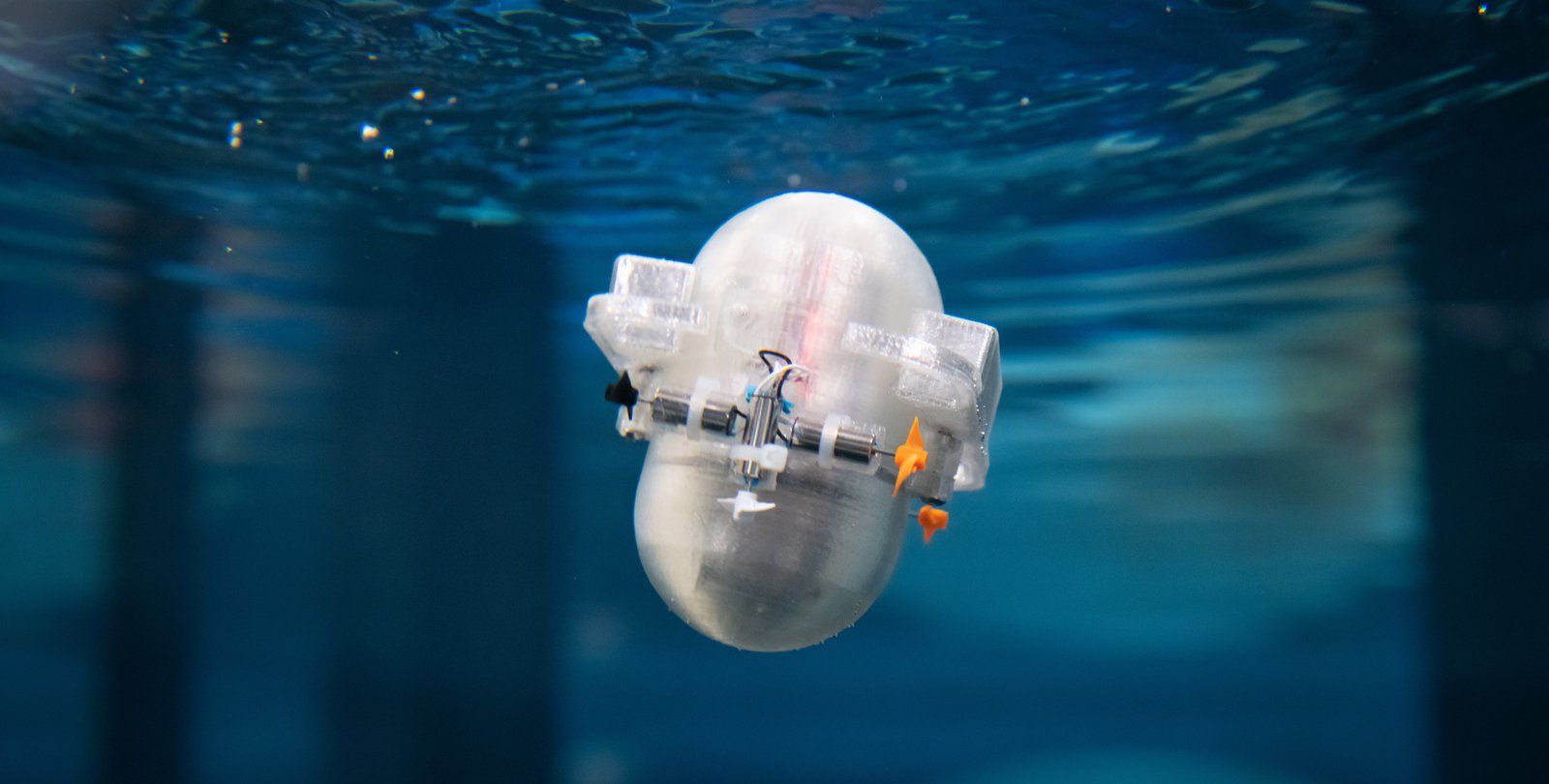🌊 AI at Sea: Ocean and Marine Monitoring
The AI-driven advancements greatly enhance our ability to address critical challenges in the marine environment.

AI enhances ocean and marine monitoring by providing efficient data collection, analysis, and prediction capabilities. This technology is essential for addressing environmental challenges, conserving marine ecosystems, and understanding the impacts of climate change on our oceans. Here are some ways AI is at the forefront:
Satellite Imagery and Remote Sensing
- AI algorithms can analyze satellite imagery to monitor various aspects of the ocean, such as sea surface temperature, water quality, and the extent of coral reefs.
- Sentinel-3, a European Space Agency satellite mission, utilizes AI to monitor sea surface temperature with remarkable precision, achieving an accuracy of 0.3°C. This technology involves data collection through satellite sensors, AI-driven data processing to enhance accuracy, and real-time data dissemination. This level of accuracy is critical for climate research, weather forecasting, ecosystem health assessment, and understanding ocean circulation patterns, making it a valuable tool for ocean and climate monitoring.
Monitoring Climate Change Impact
- AI helps analyze long-term trends and assess the impact of climate change on marine ecosystems and coastal regions.
- AI enhances climate models, making them more accurate in predicting sea-level rise and ocean temperature changes due to climate change. For example, AI processes complex data efficiently, considering factors like ice melt and thermal expansion. These improved models aid in adaptive planning, early warning systems, resource allocation, and informed policymaking. AI's role, recognized by the Intergovernmental Panel on Climate Change (IPCC), helps us better understand and address climate change's impact on marine ecosystems and coastal regions.

Ocean Cleanup Efforts
- AI-equipped autonomous vehicles and drones can help locate and collect plastic waste and other debris in the ocean, contributing to cleanup efforts.
- Ocean Cleanup, a nonprofit, uses AI-guided autonomous systems to collect plastic waste from the Great Pacific Garbage Patch efficiently. These systems employ AI for real-time data analysis, navigation, and targeted collection, significantly improving cleanup efforts. The approach is highly efficient, scalable, and environmentally impactful, making it a technological innovation in combating ocean pollution.
Predicting Harmful Algal Blooms (HABs)
- AI models can predict the occurrence and movement of harmful algal blooms, which can contaminate seafood and threaten marine life.
- National Oceanic and Atmospheric Administration (NOAA) employs AI models to predict Harmful Algal Blooms (HABs), safeguarding coastal communities and the fishing industry. These models analyze environmental data, provide early warnings, and help manage resources efficiently. AI-driven forecasting reduces HABs' impact on marine ecosystems and public health, demonstrating technology's role in proactive mitigation.
AI revolutionizes marine monitoring through applications like satellite analysis, wildlife conservation, ocean research, illegal fishing detection, algal bloom prediction, ocean cleanup, climate impact analysis, and efficient data processing. These AI advancements greatly benefit marine efforts.
📚 Learn
|
Lund University
|
|
Macquarie University
|
🧑💻 Jobs
|
Tesla
|
Microsoft
|
🔔 In Other News




